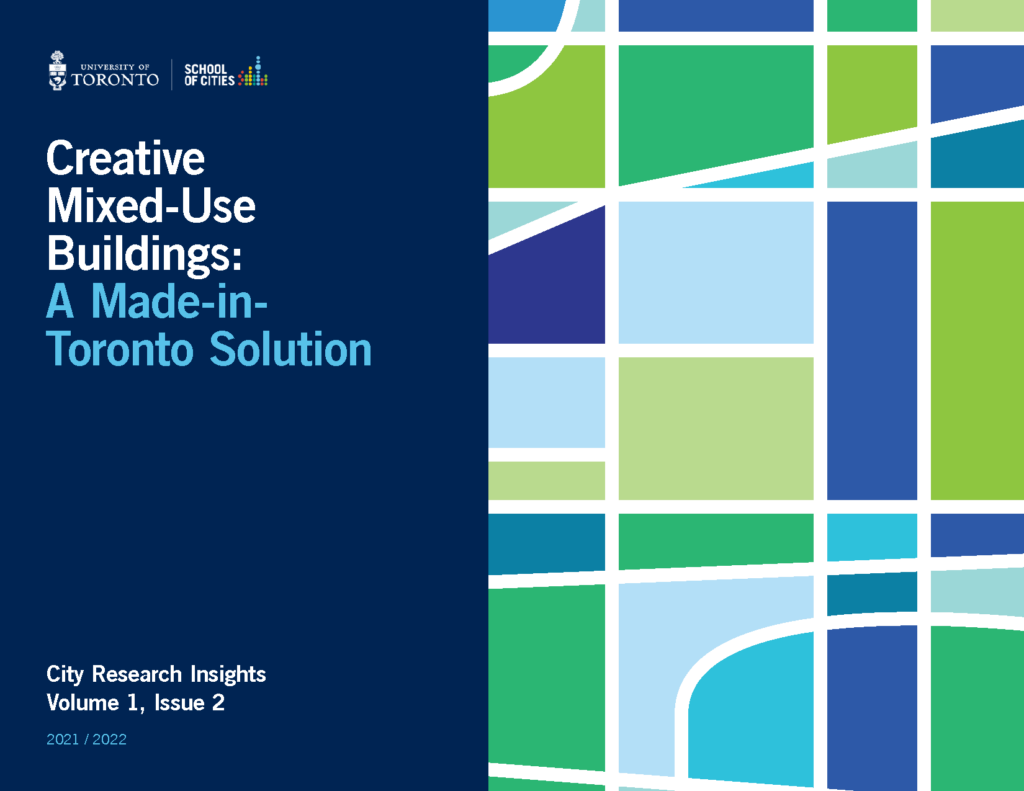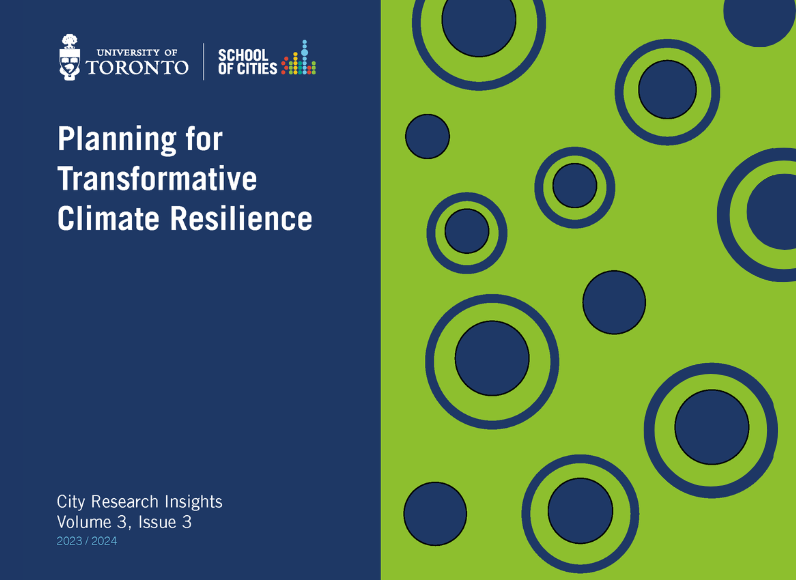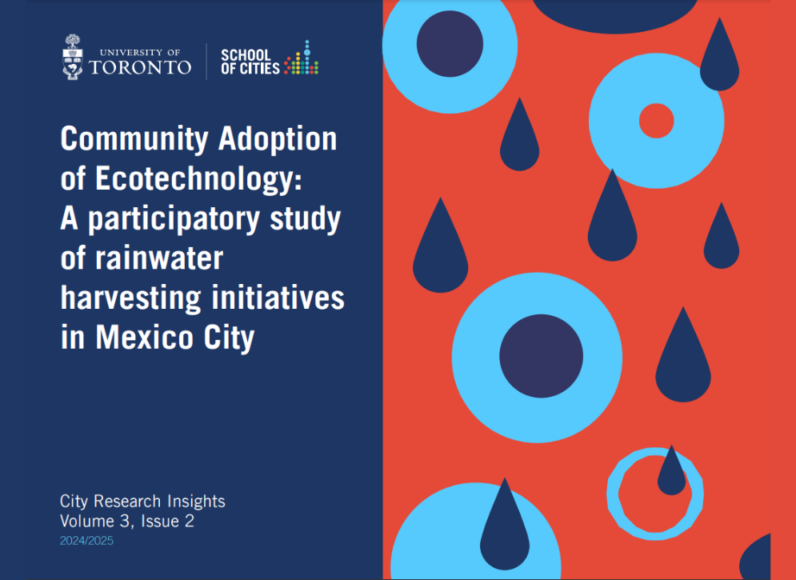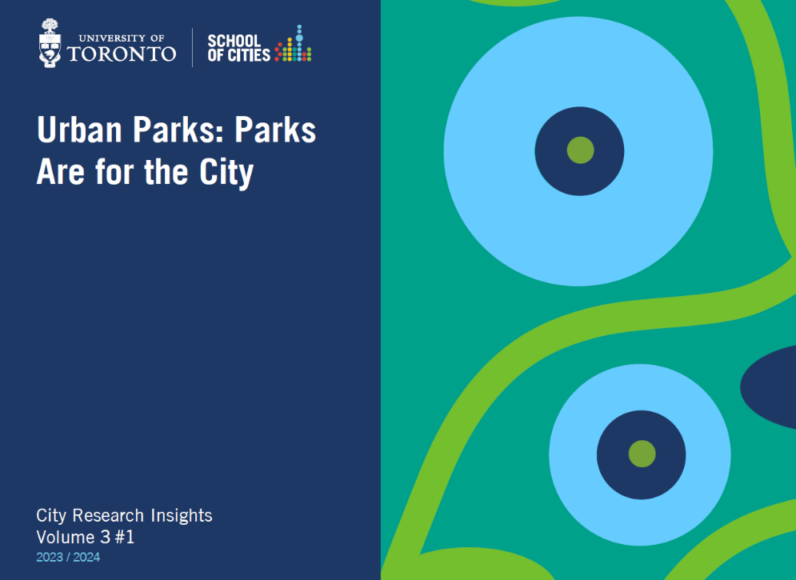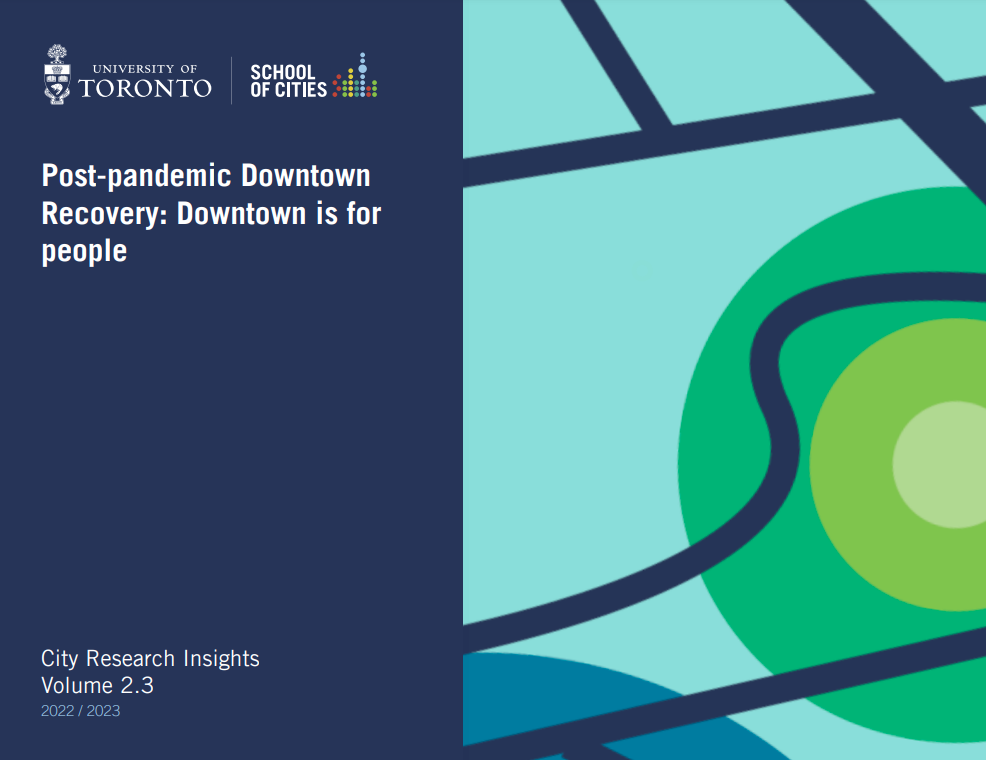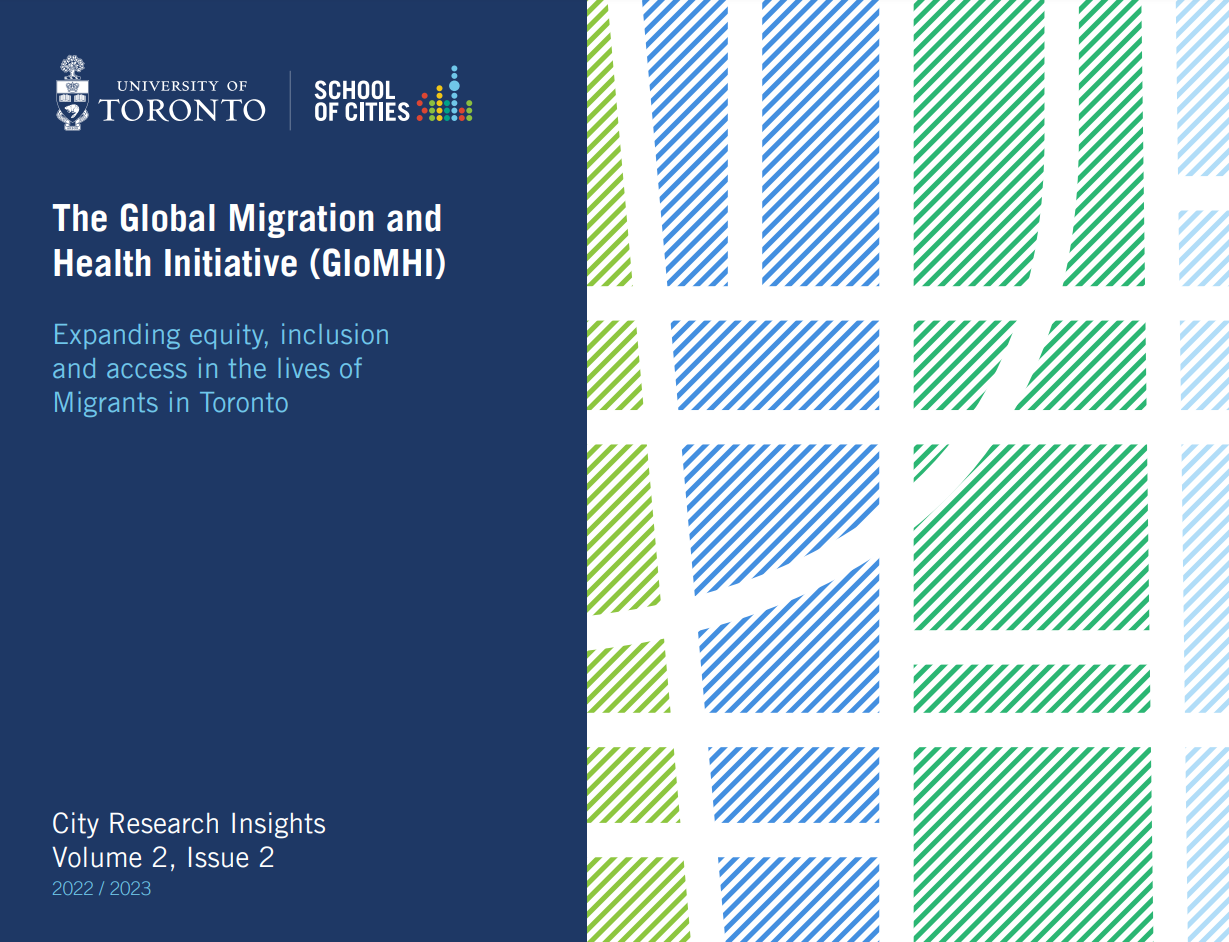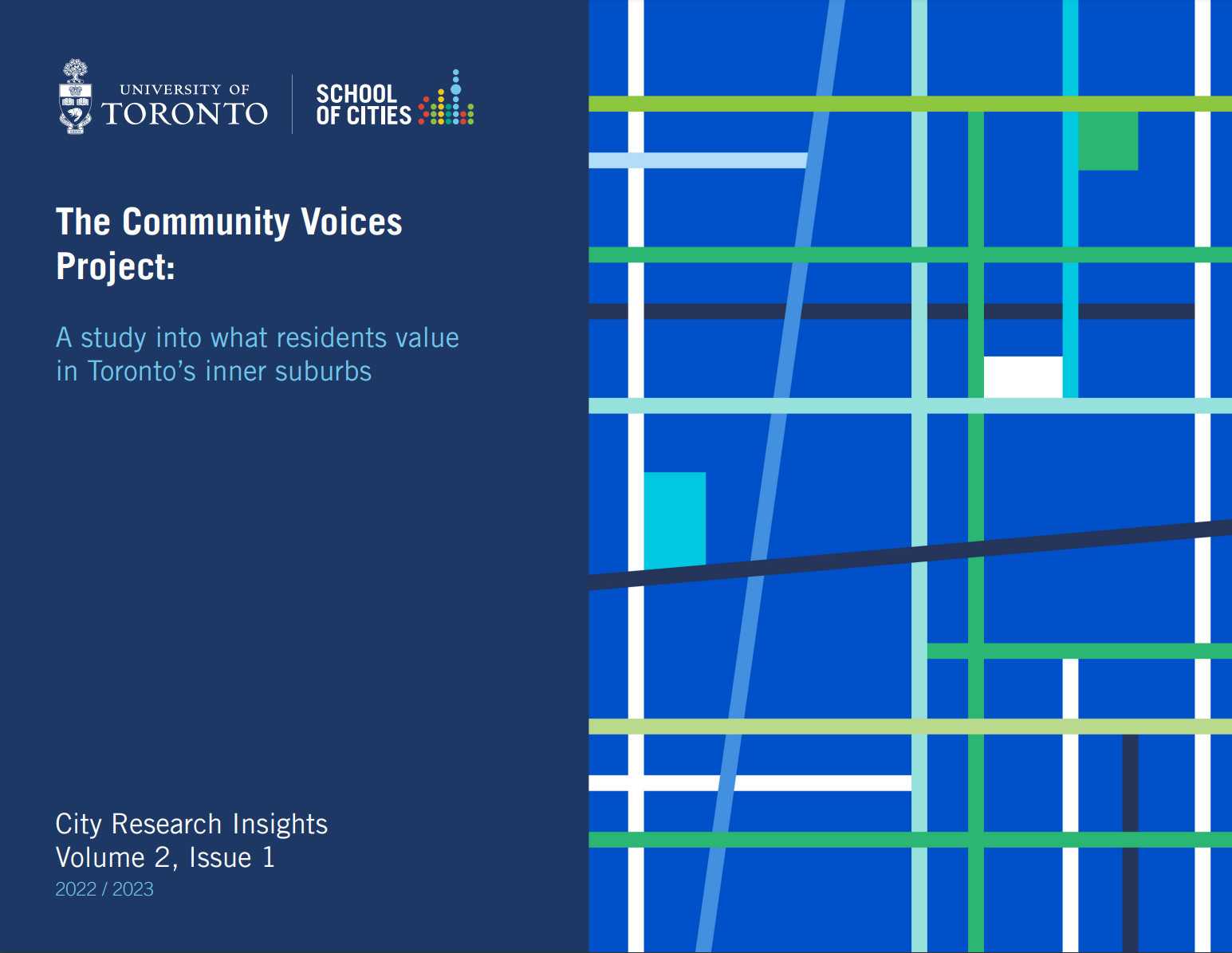Meet the expert behind this issue: Matti Siemiatycki
- What sparked your interest in researching creative mixed-use buildings?
What first got me interested in these projects is that they really are genuine partnerships. It’s a relationship where two different parties own a building, like two people who own neighbouring condos or who share a wall in a semi-detached house. It’s a longer-term relationship, and there’s so much more to it than with a contractual relationship. A lot of it is about human relations – how people work together and under what conditions, and how you ensure that each party feels like they’re getting what they need in a context where each of them wants something different. There’s a thicket of relationships that are all coming together. A lot of our work is about how you build relationships as much as it is about how you design a building or how you write a contract. I think it’s less like a contract and more like a marriage.

Collaboration is key in these projects – if any of the parties could have done it themselves they would have. The parties are working together to design and build a structure and the arrangements around it that enable them to achieve what they want, but also to be better than the sum of the parts. Creative mixed-use projects allow them to work across sectors and across partners to make things happen. Whether it’s affordable housing on top of an emergency services building or other types of uses, you’re creating spaces in communities where they’re needed and still allowing development to happen. I think that’s really the power of what’s being done with this model. We are not saying it’s without its risks – but in a moment where the city is growing quickly, and we have a housing affordability crisis and a public space and services deficit, I think this is both good planning and a way to accelerate what’s really needed for cities.
- How do creative mixed-use developments help cities?
What the creative mixed-use model is doing – and what we’re trying to enable – is keeping the social purpose for communities and cities front and centre as the city grows. Not having growth and not having development is going to be problematic, and yet we have also seen the downsides of development – displacement, gentrification, affordability issues. You can enable development, but you can do it in such a way that the social mission of the city remains strong and thrives.
There are these big iconic structures in Toronto that are examples of creative-mixed use developments like Maple Leaf Gardens and the TIFF Bell Lightbox. But there are also examples of more subtle integration like the Crow’s Nest Theatre. It’s in a condo with the theatre on the main floor and a restaurant beside it. It’s not a showstopping building, and you don’t even look at that as unusual; you just think it’s totally natural. Really that project is just a way that public benefits, broadly defined, were integrated into a condo project. So I think that integration of public benefit into development is really the core of the model.
- Are there incentives that bring people to the table or are they just willing to experiment? What’s the motivation?
Everyone is doing what’s in their own best interest; these deals are not coming out of altruism. And I say that for all the parties – the non-profits, the governments, and the private sector. Real estate is expensive for organizations, and it can be high risk. So, people are definitely coming into this with clear eyes and to further their organization’s interests.
There are organizations that have been doing creative mixed-use for a while and do it as a matter of course across the public, private, and non-profit sectors, and they’ve developed the partnership muscle and collaborative skills. They’ve seen the benefits of these kinds of partnerships, and they’ve created the structures and processes internally to make them work. There’s a group at the other end of the spectrum who are just never going to do this. These are the type of organizations that just want to go it alone – get in, serve their stakeholders or shareholders, get out. And that group is going to be hard to reach. It’s unlikely that creative mixed uses are going to be for them.
There’s a group in the middle that I think is open to it if the hurdles and the pain points can be minimized. If the skills and capacity they need are available, I think they will be open to this type of model. That’s the space we’re playing in; we are trying to accelerate the people who are already potentially on board. We want to give them the capacity and the space they need to learn from what’s happened in the past and support them to achieve their projects using this model.
- Would you characterize creative mixed-use as a type of public-private partnership (P3)? Or how does it differ from a P3?
The word “partnership” in a public-private partnership is stretching the definition of the word “partnership” – it’s actually a public-private contract. The model is designed to bring together parties from the public and private sectors to create a contract that aligns their interests and transfers risk between the parties. You see that in the type of tensions that arise between P3 parties because they’re working in this space of a contractual relationship. Creative mixed-use developments are much more representative of genuine partnerships between the parties than P3s.
- Tell us about some of the prime opportunities you see for municipalities and others that want to undertake these unique partnerships.
We are looking to do creative mixed-use intentionally. What you’ve seen in the last few years – through the pandemic especially – is that there’s an acceleration of people who are saying, “let’s take this from a last resort to a first best option.” And you’re starting to see many different organizations learn and partner together in all sorts of creative and interesting ways.
Our work is to help provide the tools that will allow those networks to form, because this really is a network enterprise. It’s about building connections, network skills and capacity, fitting them together between sectors and organizations, and then creating agreements and arrangements that both parties can live with.



